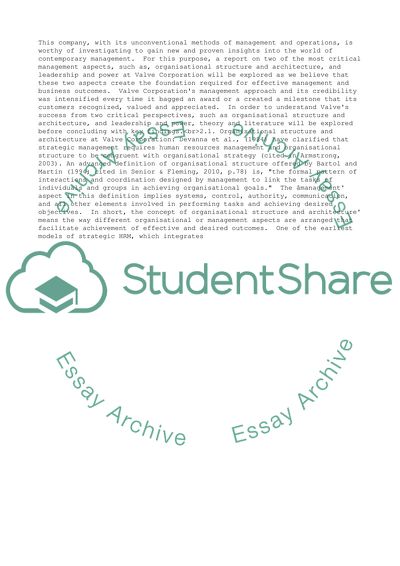Cite this document
(“Elaborate a report on Valve Corporation discussing two issues from the Essay”, n.d.)
Retrieved from https://studentshare.org/management/1640089-elaborate-a-report-on-valve-corporation-discussing-two-issues-from-the-list-below-organisational-structure-and-architecture-and-leadership-and-power
Retrieved from https://studentshare.org/management/1640089-elaborate-a-report-on-valve-corporation-discussing-two-issues-from-the-list-below-organisational-structure-and-architecture-and-leadership-and-power
(Elaborate a Report on Valve Corporation Discussing Two Issues from the Essay)
https://studentshare.org/management/1640089-elaborate-a-report-on-valve-corporation-discussing-two-issues-from-the-list-below-organisational-structure-and-architecture-and-leadership-and-power.
https://studentshare.org/management/1640089-elaborate-a-report-on-valve-corporation-discussing-two-issues-from-the-list-below-organisational-structure-and-architecture-and-leadership-and-power.
“Elaborate a Report on Valve Corporation Discussing Two Issues from the Essay”, n.d. https://studentshare.org/management/1640089-elaborate-a-report-on-valve-corporation-discussing-two-issues-from-the-list-below-organisational-structure-and-architecture-and-leadership-and-power.


